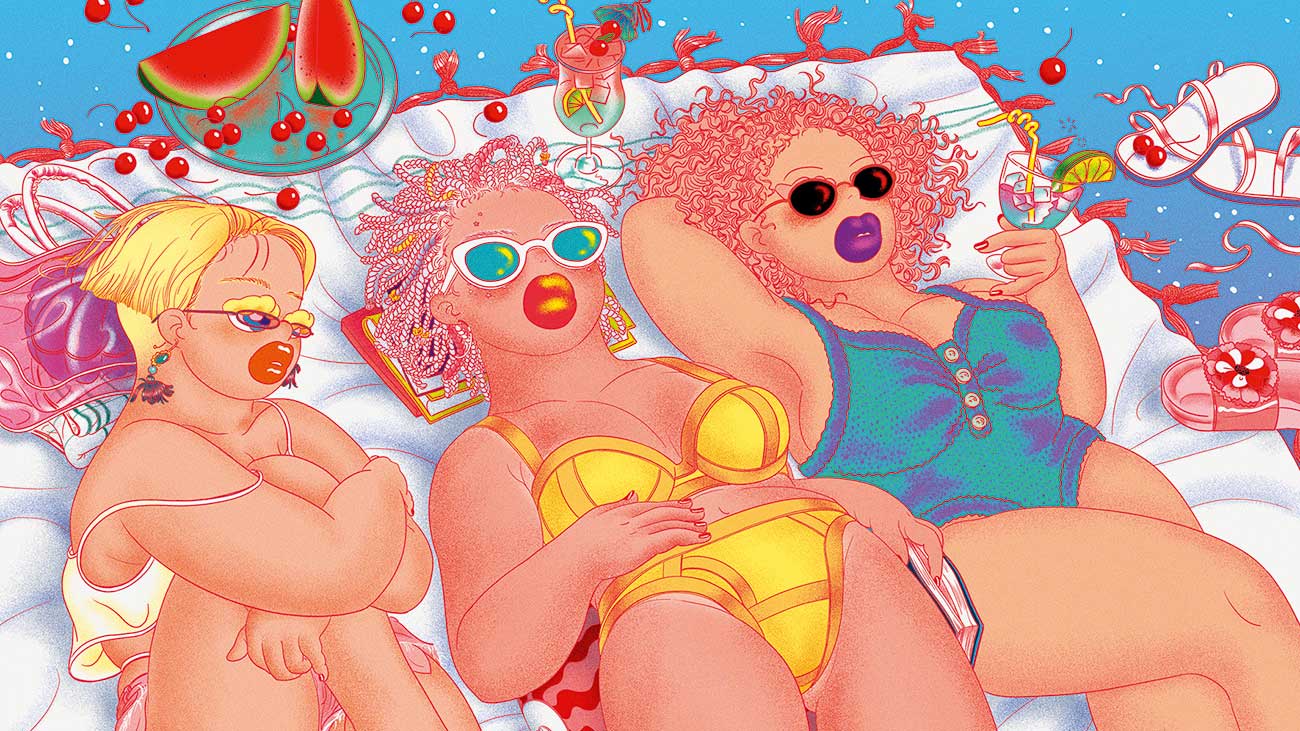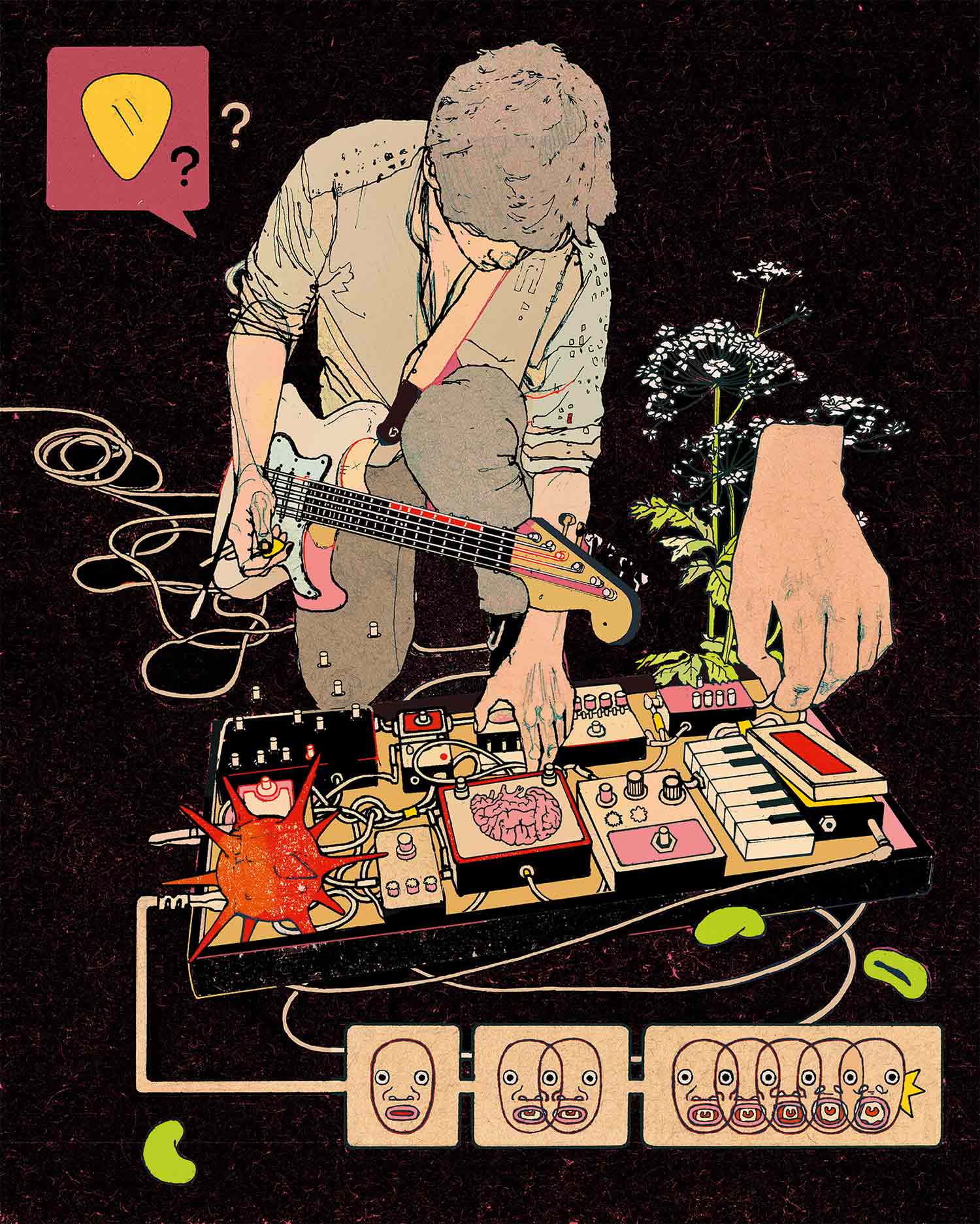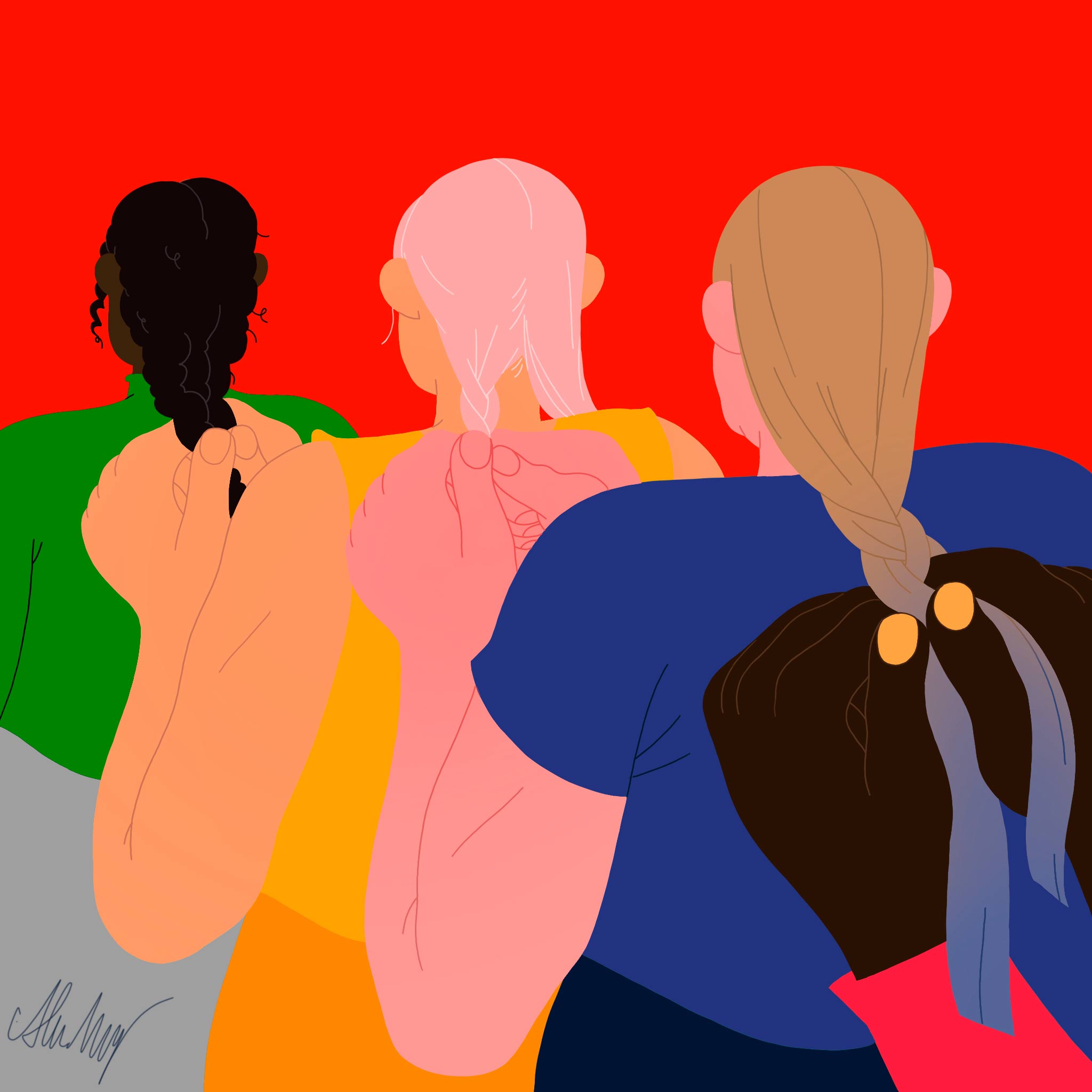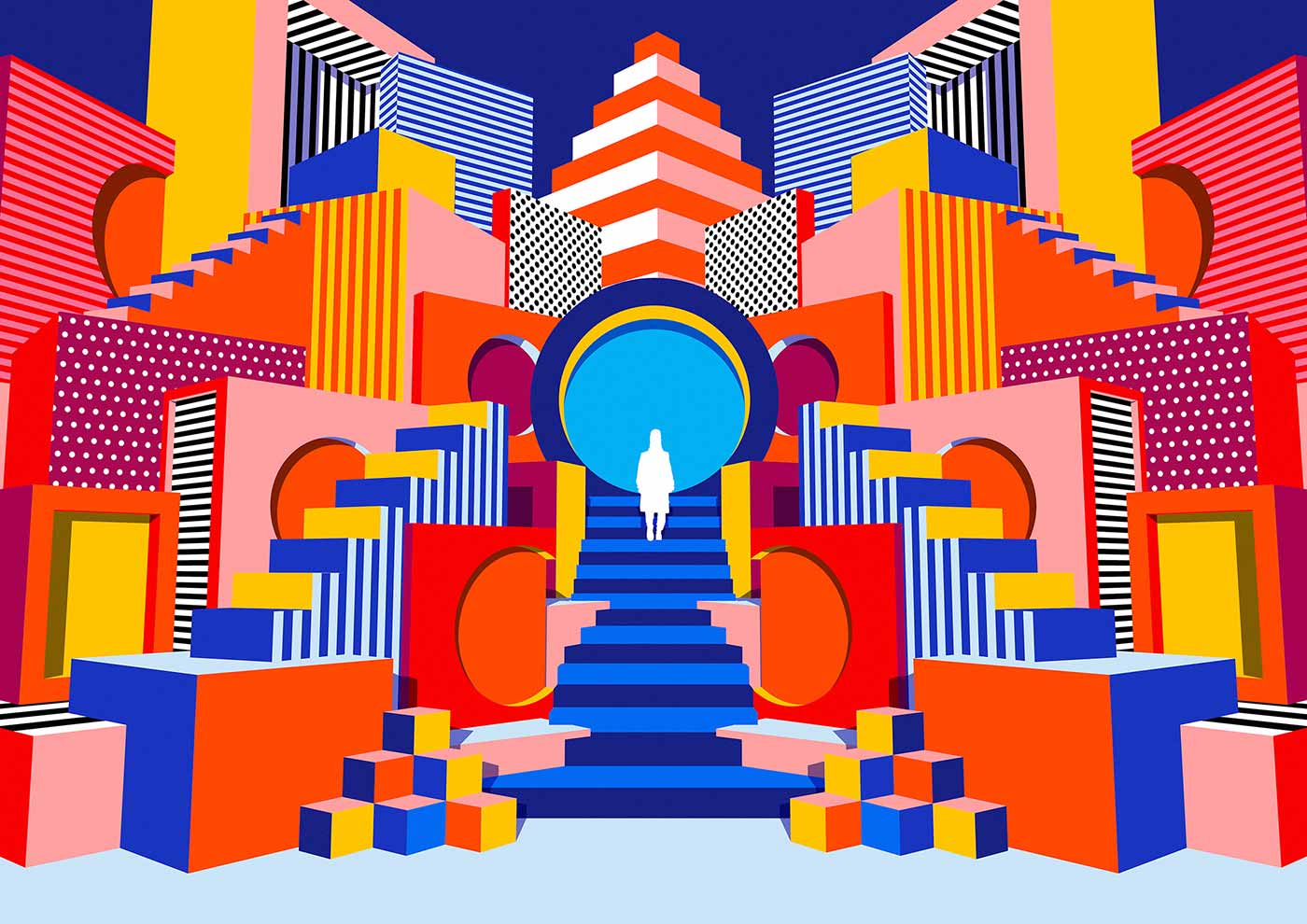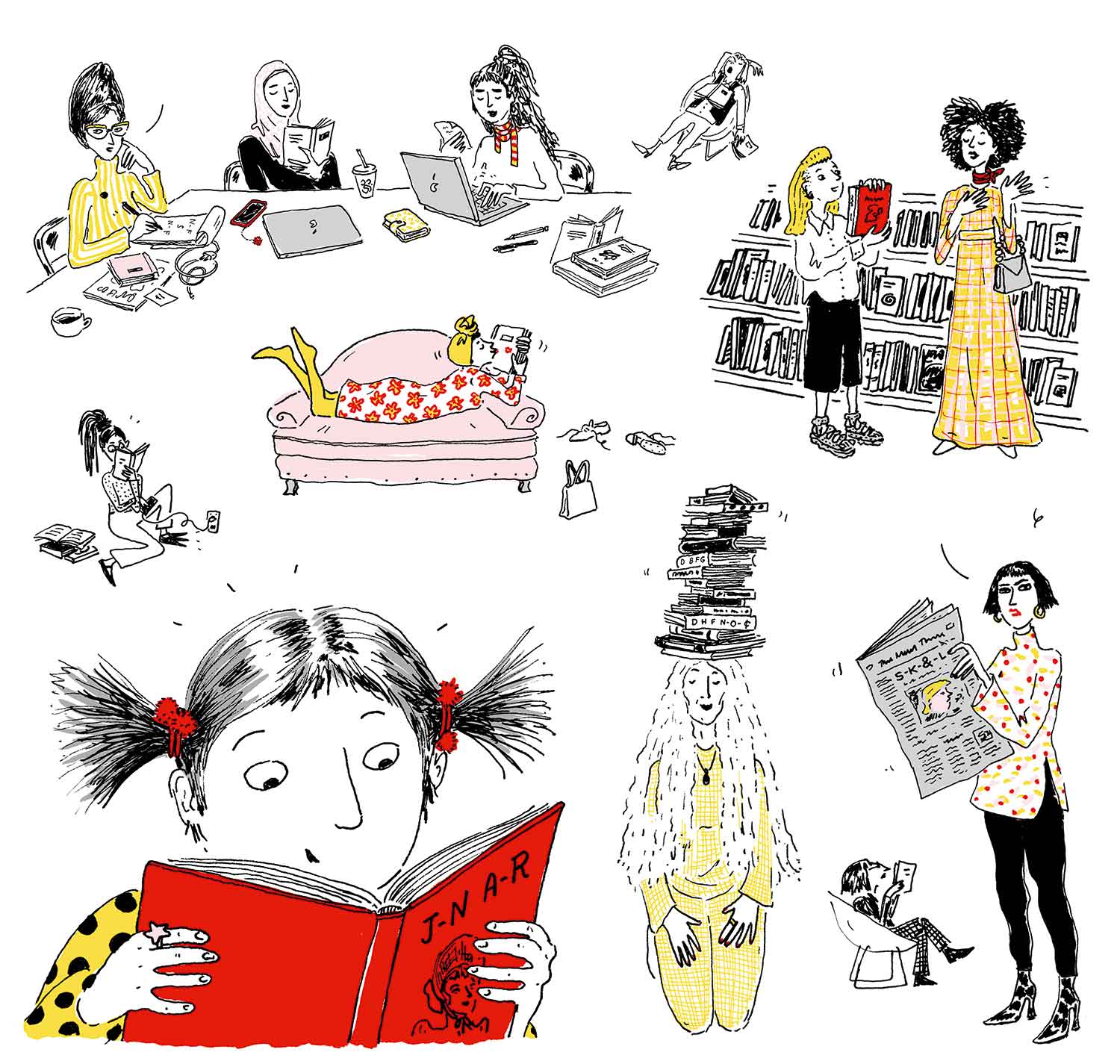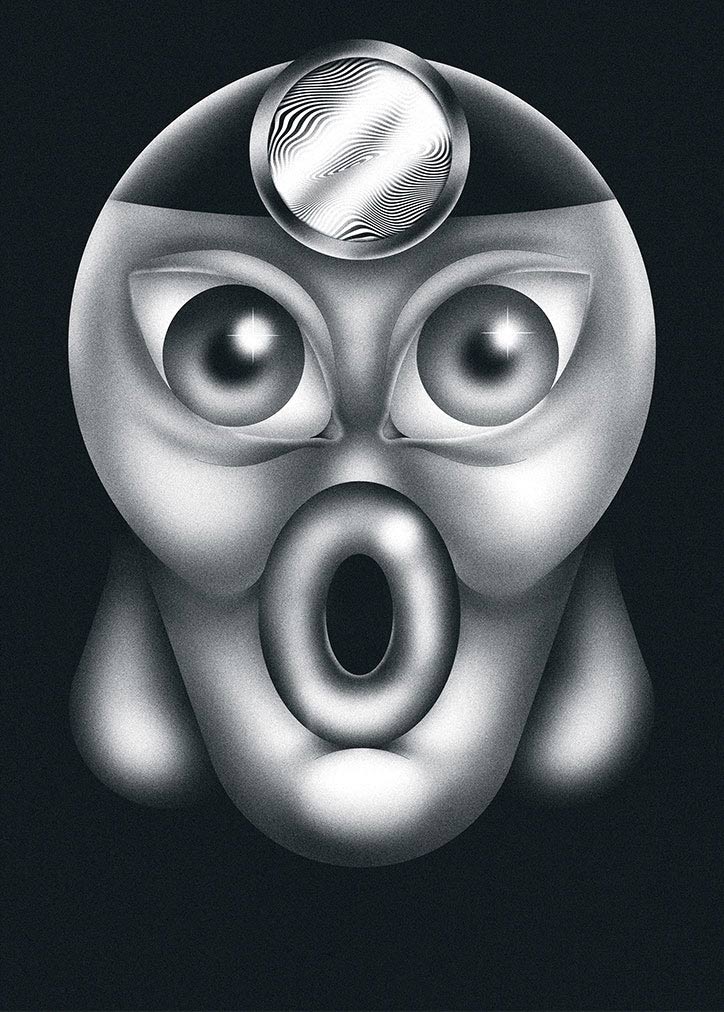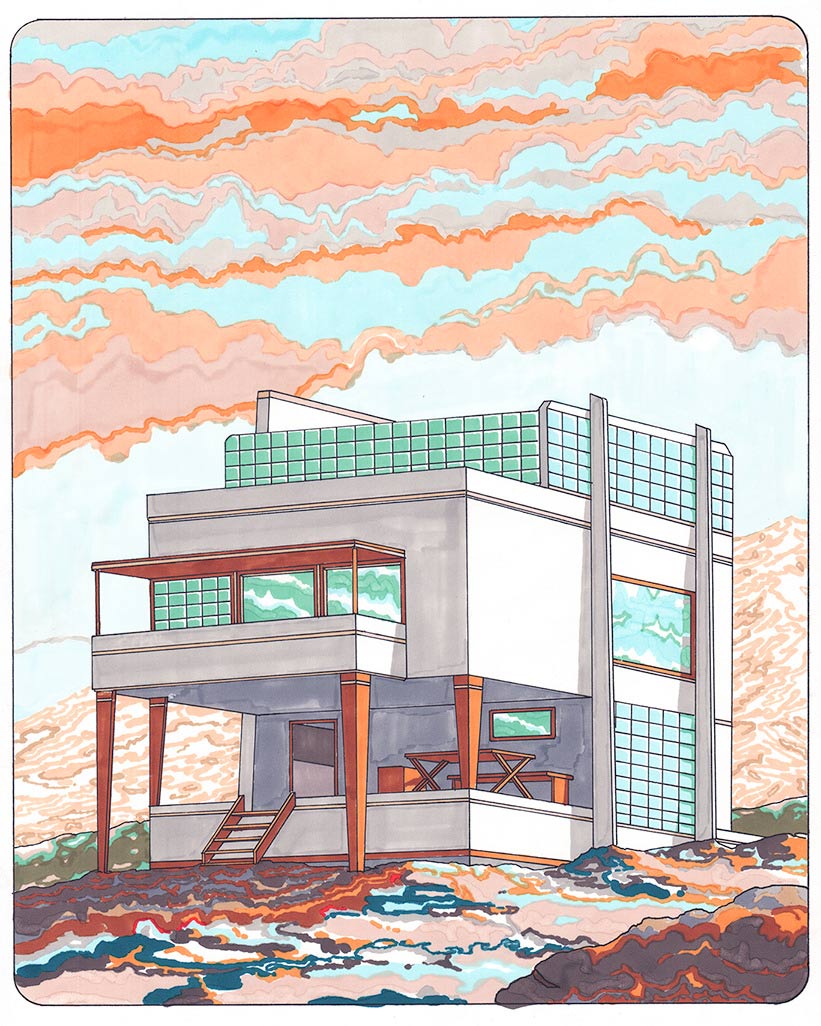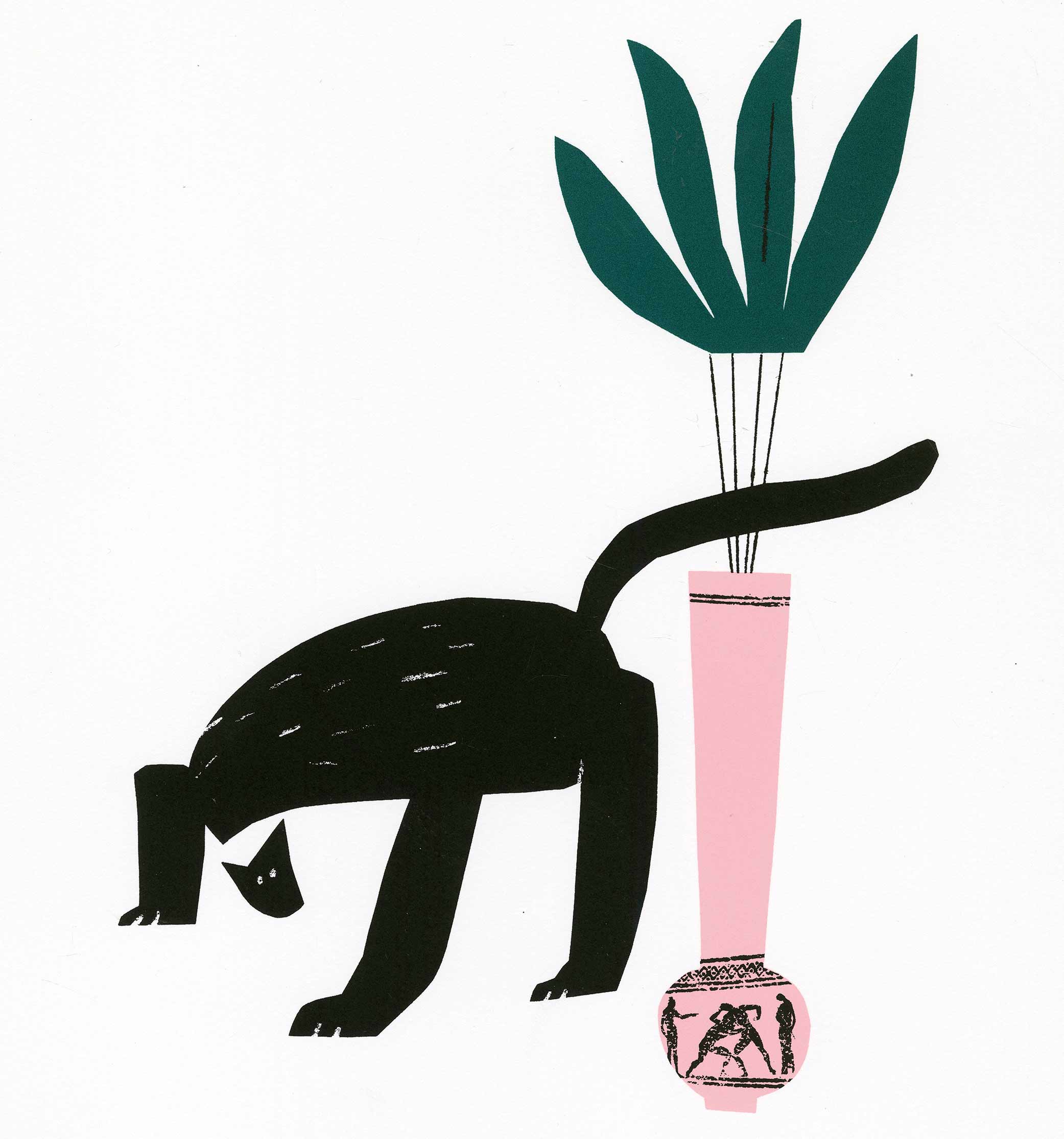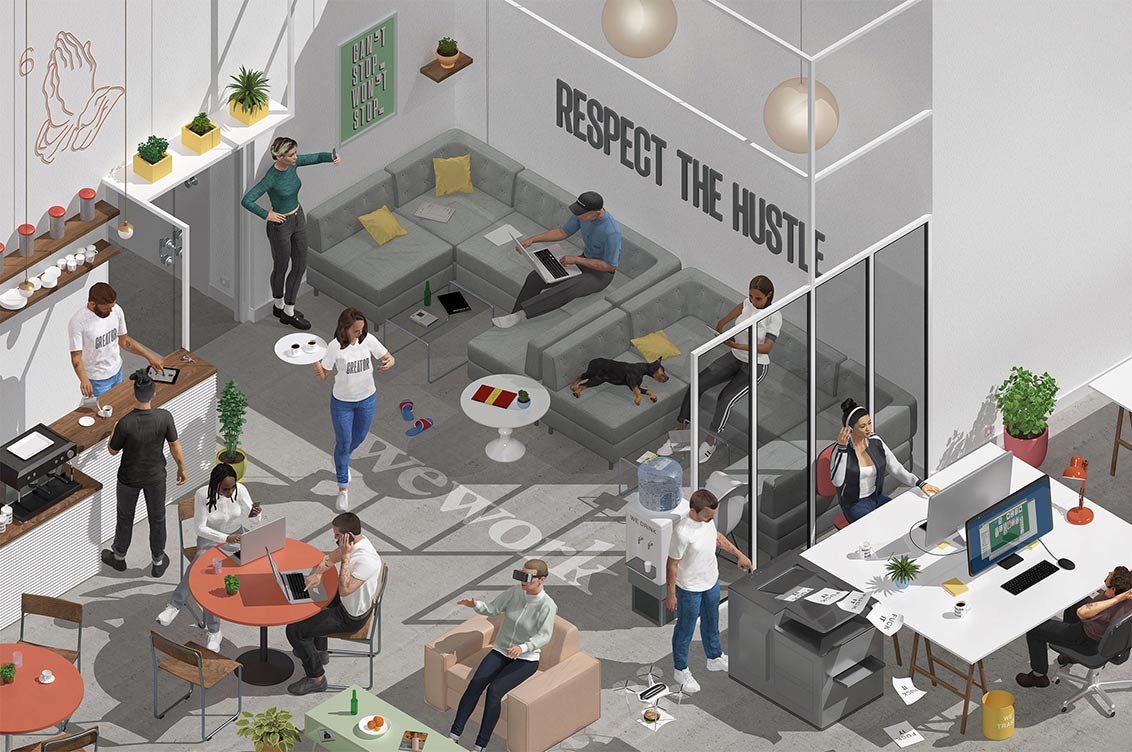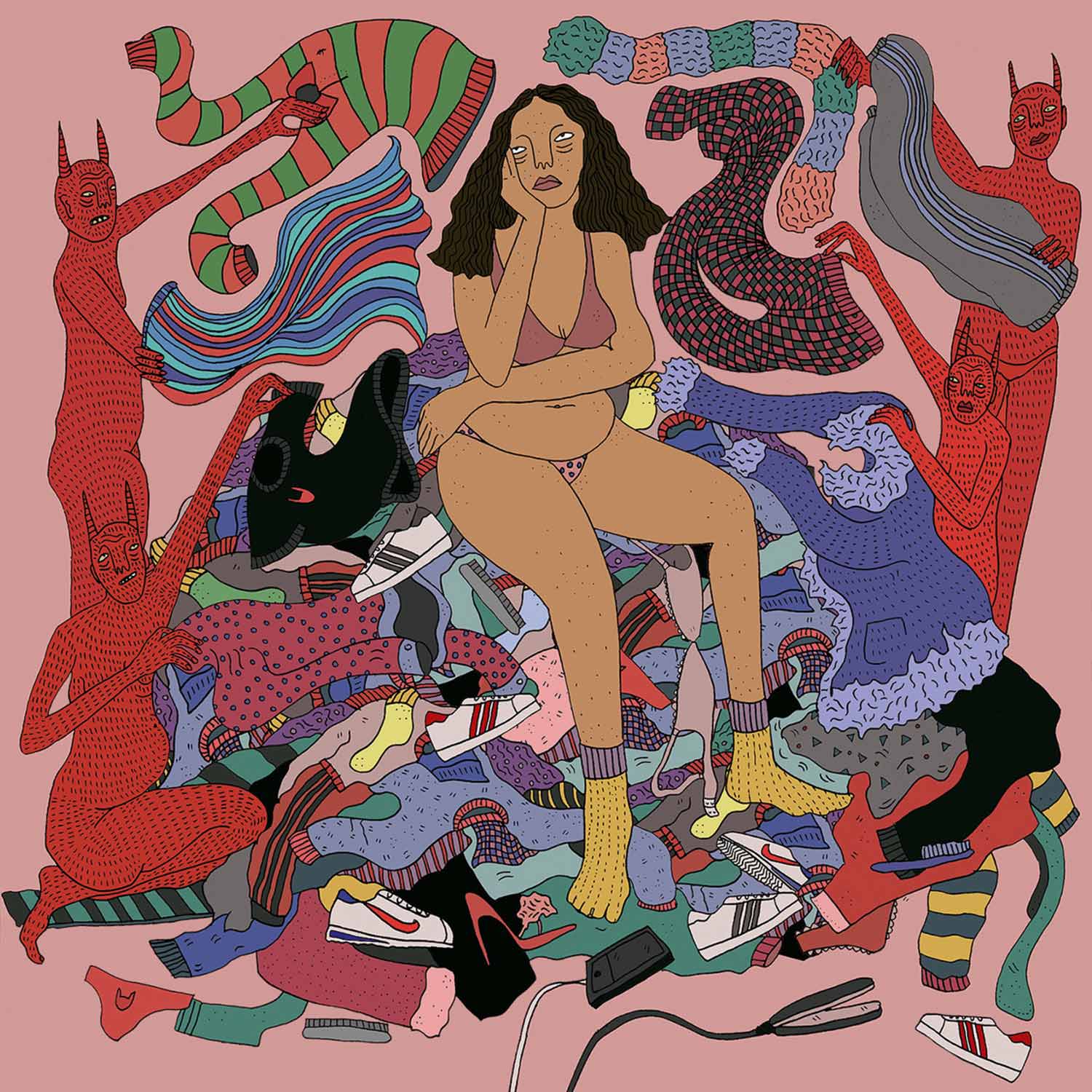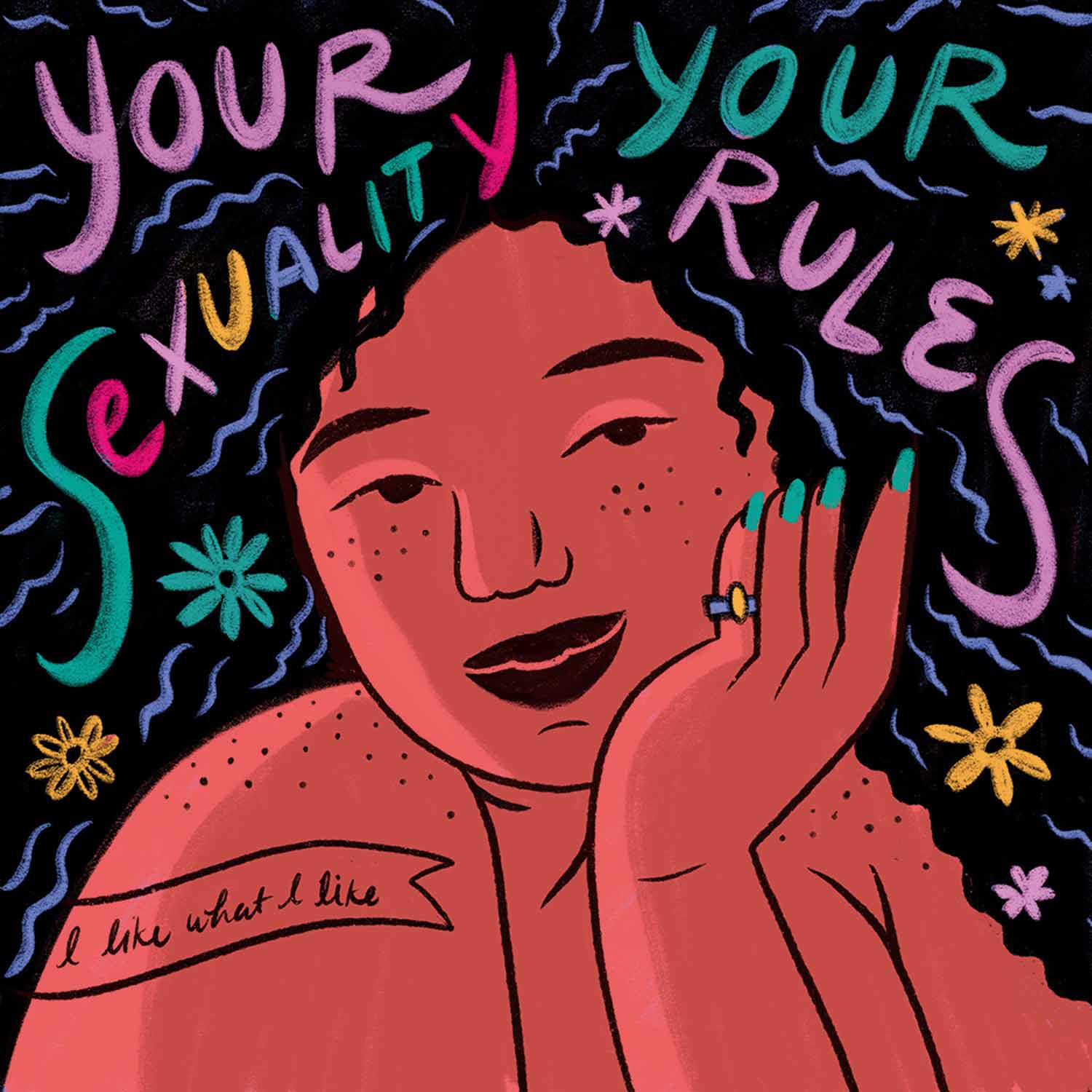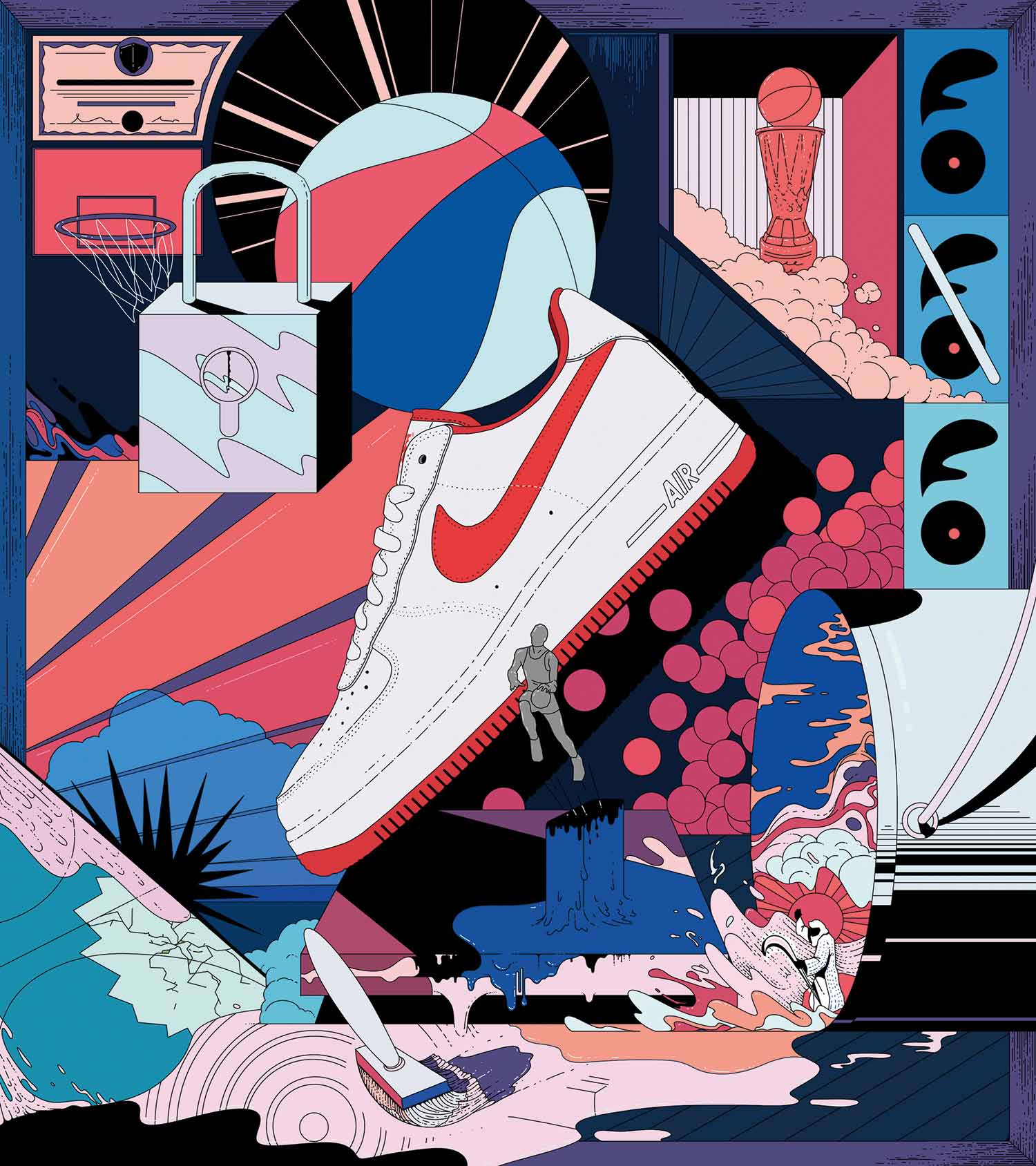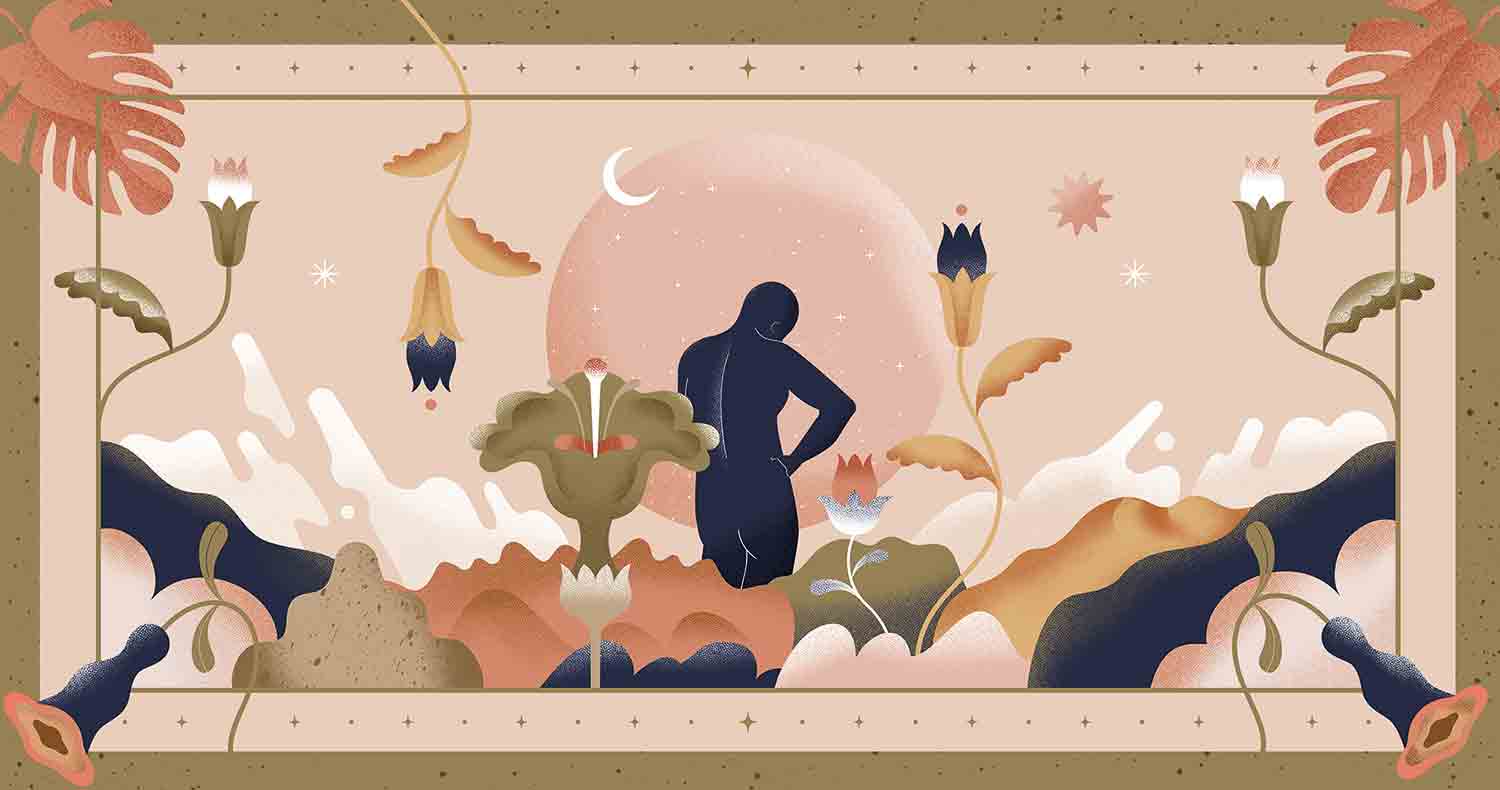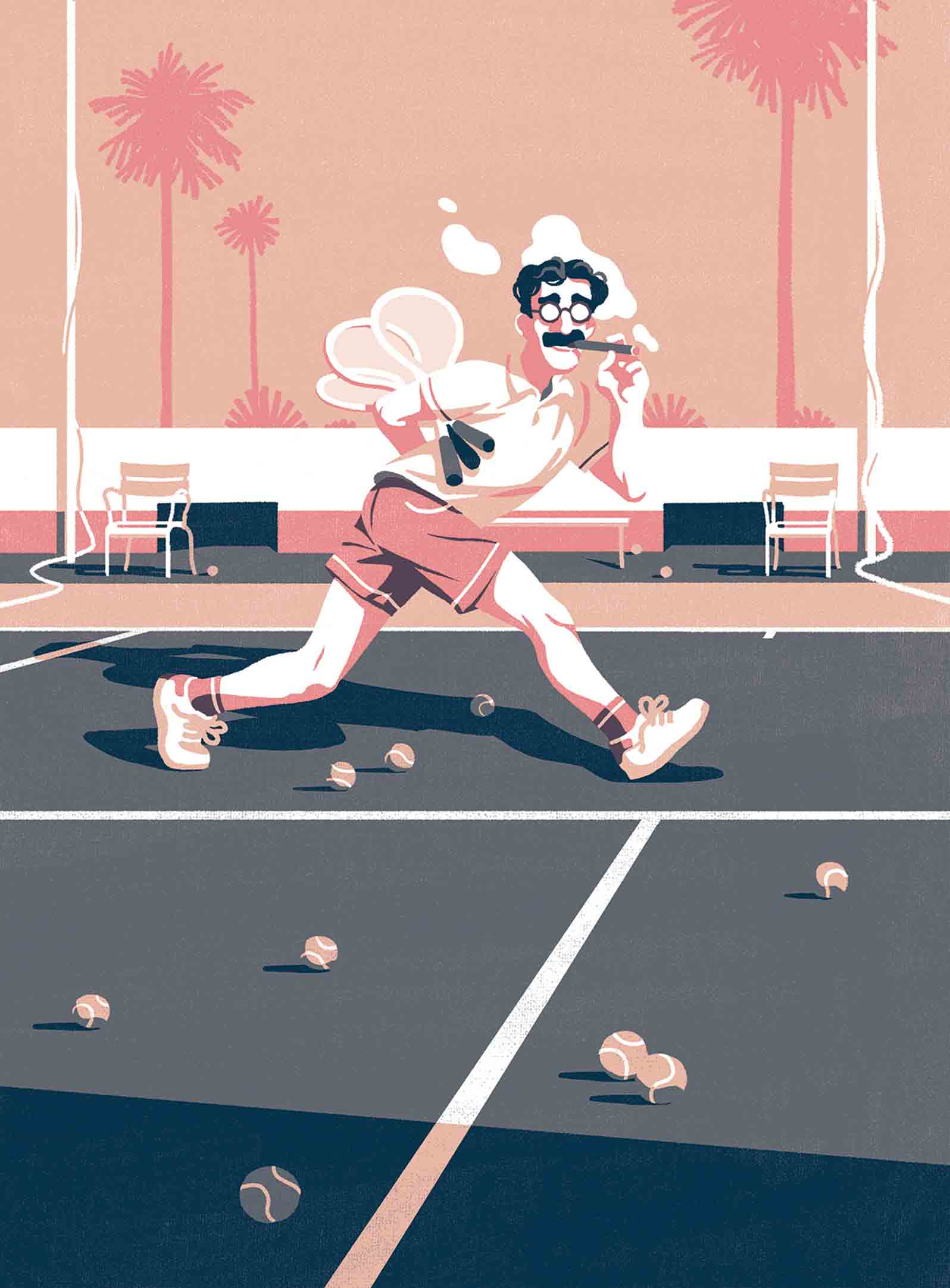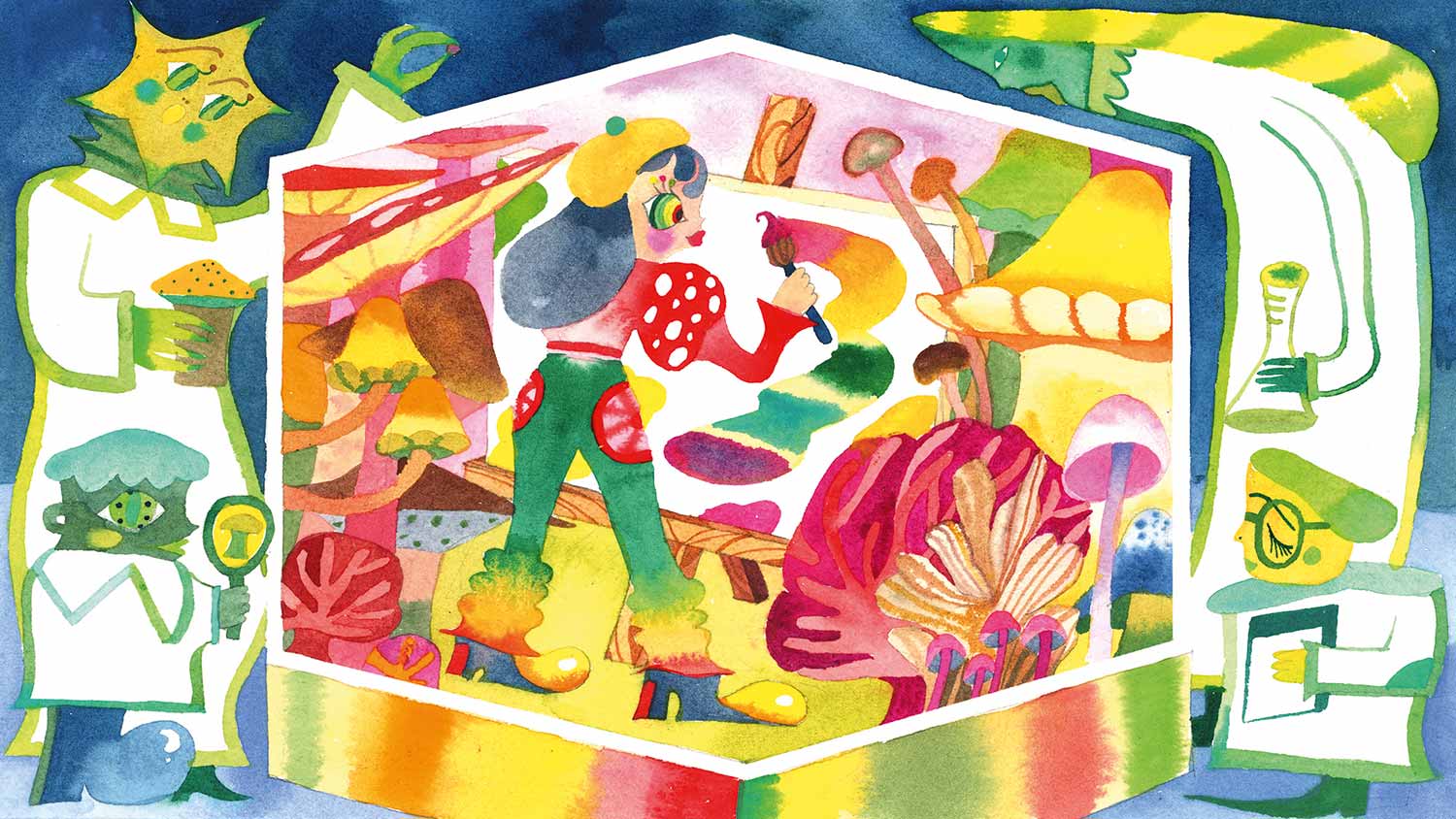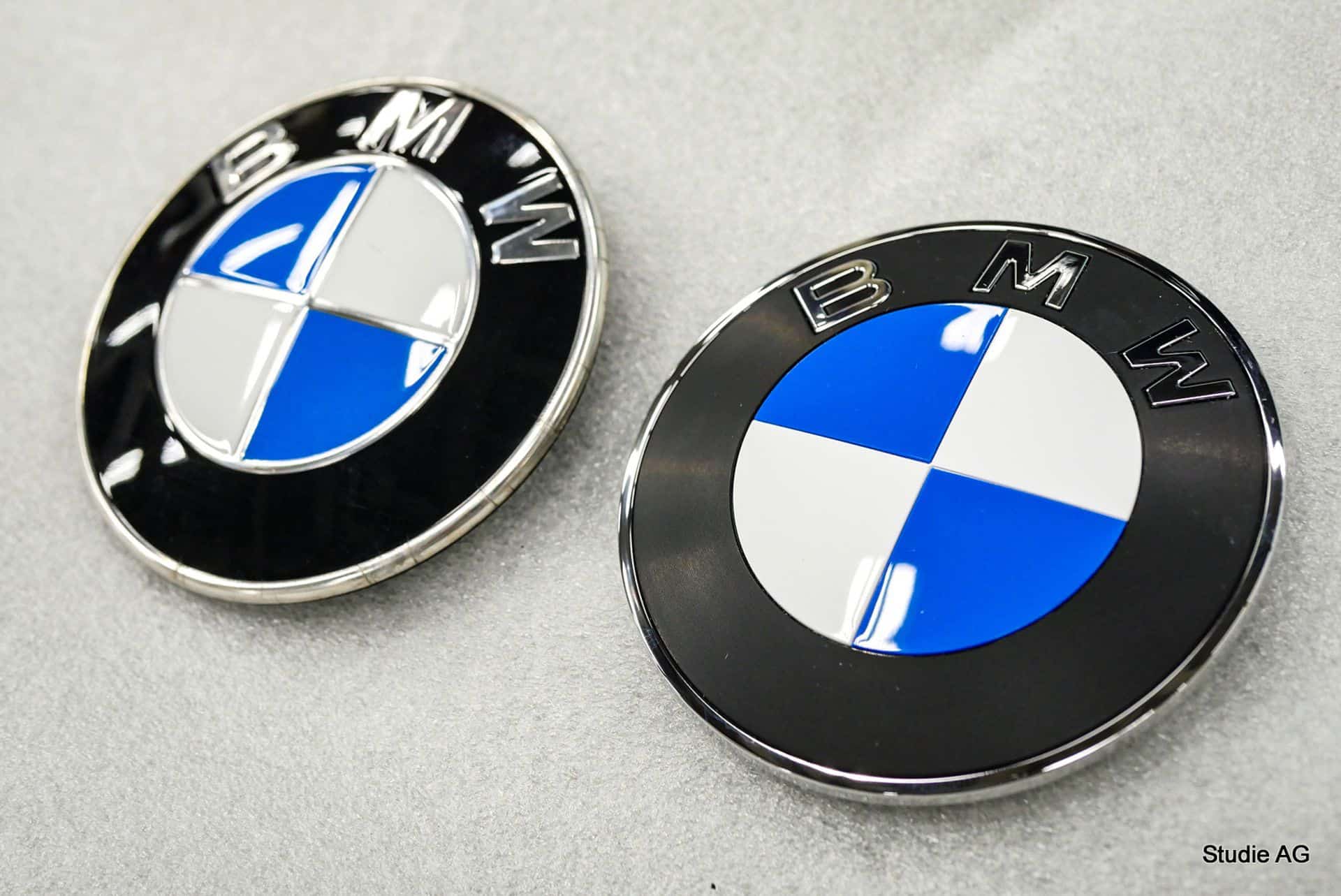The illustrator hotlist 2019
These are the amazing illustrators causing a stir in the illustration scene this year.
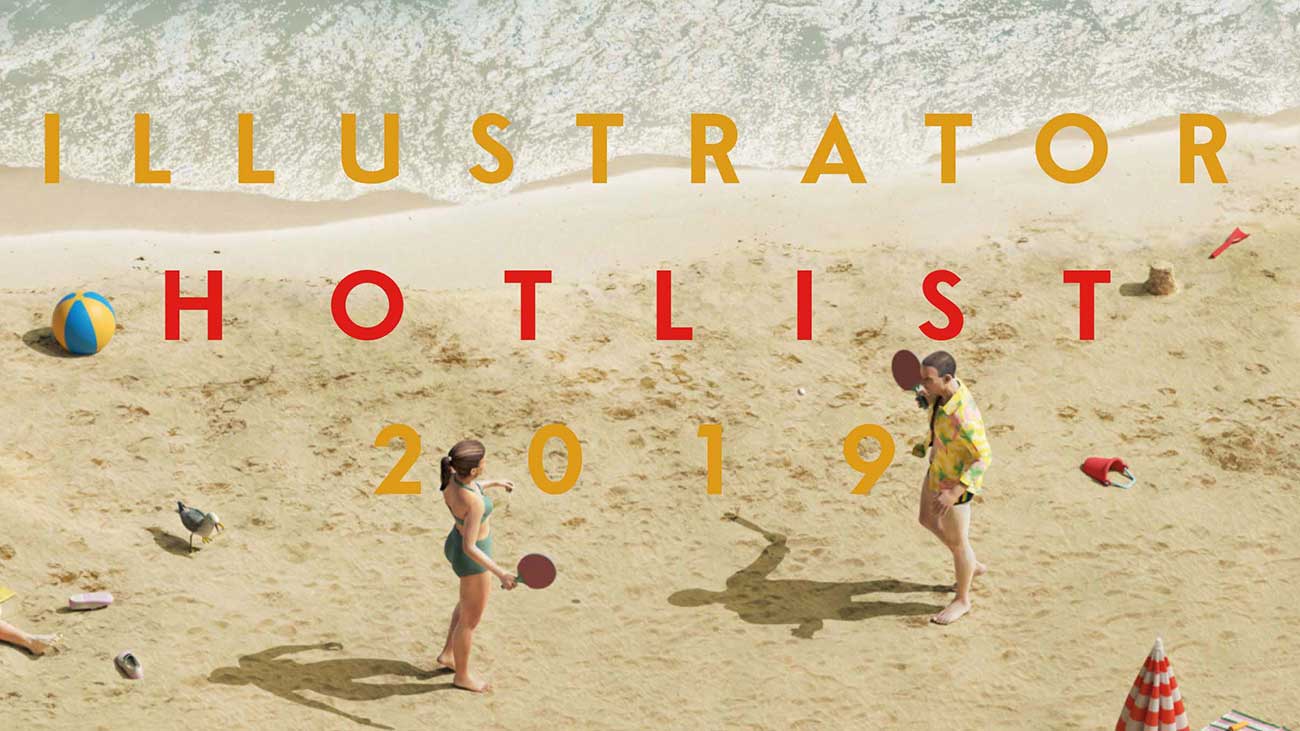
Illustration is so much more than pretty pictures – at best it can reflect social and political issues and show that there’s no single way of viewing the world or the people in it. We've put together the 16 hottest illustrators working around the world today, all with unique styles and views. Everyone on the list is doing something fresh and exciting, either in their process, style, voice or approach.
Just as with last year's illustrator hotlist, the illustrators featured have a range of backgrounds. Some have more of a graphic design portfolio, others have a background in interaction design, and others animation. Their tools also vary hugely – while some are doggedly devoted to analogue and exploring its many potentials, others are exploring the possibilities of 3D software and augmented reality tools.
What unites these illustrators, though, is their skill in using colour, narrative, humour and a touch of intangible magic to distill often complex stories or ideas into a single image. Read on and enjoy the hottest illustrators working today...
01. Inji Seo
South Korean illustrator Inji Seo has a beguiling knack with shadow and perspective, creating her own distinctive universe from elements that usually feel familiar, but become weird and wonderful. Watermelon takes on the guise of sticky alien life forms, while vast natural landscapes are peppered with huge strawberries and strange little naked bodies.
Inji grew up in what she describes as the “traditional city” of Gyeongju. “I had more chance to get close to Oriental and traditional Korean culture than other [illustrators],” she says.
She works with airbrushing coupled with strong lines and colours, mainly using TVPaint and After Effects for animations, and Photoshop in her illustration work. She aims to create images that look “strong,” she says, and her curvy women have gradually become subtle feminist messages in her work. Yet she says they weren’t created with feminist politics in mind.
02. Toma Vagner
Toma Vagner grew up on the Russian island of Sakhalin, which is surrounded by an ocean within easy reach of Japan. Her father was a sailor who would often bring back trinkets, comics and candies from Japan, and the striking aesthetics of those went on to directly inform Vagner’s work today. The toys and puzzles of her childhood frequently make their way into her compositions, which themselves are inspired by traditional Japanese art and design, such as Hokusai’s compositions, as well as the manga and anime cartoons she loved as a child.
Daily design news, reviews, how-tos and more, as picked by the editors.
Where these motifs take on a new life is in Vagner’s placement of them alongside imagery of the popular Soviet playthings of her childhood: Rubik’s Cubes, Jenga, spinning tops (“Every child owned one in the Soviet Union”) and paper dolls. “There’s a weird sense of movement in those things, and they look very interesting visually,” Vagner says. They have certainly caught the eye of many admirers – not least ex-One Directioner Harry Styles’ creative director, who approached Vagner to create a series of images for the pop star.
03. Alva Skog
It’s fair to say last year was a bit of a belter for Swedish-born, London-based illustrator Alva Skog, and she seems to be building on that success in 2019.
The year she graduated from her graphic design BA at Central Saint Martins also saw her exhibit work at the V&A and feature on grads-to-watch lists on the likes of Creative Review, It’s Nice That, and Computer Arts' New Talent roundup – the best design and illustration UK graduates.
She uses techniques like “extreme perspectives and playing with the size of different body parts” to create a sense of dynamism and movement. “I like to use a low perspective so that you look up at the characters, which makes them seem powerful,” adds Skog. “I also often draw the characters taking big leaps so it looks like they’re heading somewhere with confidence. Today it’s very common to depict women as looking happy, pretty and heteronormatively sexy. I am very aware of this and try not to sexualise the characters in my drawings. Instead, I want to empower them and draw attention to the power dynamics of contemporary society.”
04. Karan Singh
“Karan Singh’s work is eye-poppingly vibrant and full of energy and tension,” say Outline Artists illustration agency co-founders Camilla Parsons and Gavin Lucas, who recently brought on the acclaimed illustrator as the most recent signing to their roster. “His work is punchy and arresting and Karan himself is super efficient and working with him is a joy. Which is probably why the phone hasn’t stopped ringing with people wanting him to lend his particular visual magic to their brand,” they add.
Karan, who was born in New Delhi but grew up in Muscat, Oman and Sydney, Australia, is self-taught in illustration, having studied interaction design, and his vibrant, dynamic work draws directly on the sensibilities of mid-century graphic design and bears a love of optical art and minimalism.
05. Joana Avillez
“If I could draw like anyone, it would be Joana Avillez,” says writer and podcaster Liv Siddall, who first encountered the American illustrator’s work as a visual editorial piece for Die Zeit about Avillez’s dad.
Avillez describes her style as “loose yet specific. Diaristic, personal, one-on-one.” She delights in embedding humour in the details: “I love a funny line the most!” These gags often use her native New York City as their setup and punchline: Avillez grew up in a fish market on the East River. “The whole neighbourhood smelled terrible so only a few people lived there,” she says. “The house I grew up in was made up of
old ship beams, some of which had the graffiti of Irish sailors. Sometimes there would be a crab on my doorstep when I went to school in the morning.”
People-watching for Avillez is “like birdwatching to me”, she says, “and this must be a result of growing up in New York… I relish the feast of pedestrians, and their exhibitionist sartorial attitudes. Whether it’s New York or Durango or Lisbon, my attention always gravitates to the same thing: people and the particular ways they present themselves within their world.”
06. Derek Ercolano
Derek Ercolano’s work is deliciously dark, dealing in the esoteric side of psychedelia and calling to mind the strange worlds weaved in Chilean-French filmmaker Alejandro Jodorowsky’s The Holy Mountain in his peculiar way of distilling an idea in an image. His textures, colours and character design feel like a marriage of the grey, Norwegian fog that often overshadows his home in Bergen, and the fantastical worlds seen in French animator René Laloux’s 1973 film Fantastic Planet.
Ercolano moved to Norway around seven years ago, leaving behind an ad agency job in his native New York. He’d found himself making the already long days even longer by staying after work every day to draw. He worked up his illustration style by experimenting with a huge range of processes, starting out in pen and paper, then scanning in his work and experimenting with digital manipulation. The mixture of digital and analogue plays out in his intriguing style, which to the naked eye makes for a process that’s hard to break down.
At the heart of his illustration method is the idea of maintaining a warmth and humanity within digitally created images; weaving complex textures through stark monochrome palettes. His work is informed by a vast array of weird and wonderful ephemera – from old airbrush art, to monsters and mutants, to sci-fi to “even some stuff from an alien enthusiast magazine,” he says.
07. Liam Cobb
Liam Cobb’s work usually starts with a pencil sketch, before using layout paper to trace over the image with a fine liner pen, scanning it, and then using Photoshop to add colour and texture. Sometimes he ventures into ink and paint, but for us his most beautiful work is that which boasts the distinctive texture and colours of Riso printing.
This technique is central to much of Liam’s work, and the illustrator delights in “experimenting with different colours and patterns, enabling me to create some really interesting imagery,” he says. “I never 100 per cent know what it’s going to look like from digital file to print. It can vary so much on the smallest factors such as shades of paper and different shades of the same colour. It’s really exciting!”
08. Jui-Che Wu
“My scissors are my best friend,” says Taiwan-born, London-based illustrator Jui-Che Wu. His highly unusual approach to collage is testament enough to that friendship. Wu’s work is often simple yet highly poetic, a call-back to the illustrator’s past writing poems, and his predilection for abstraction.
Wu’s process is mostly analogue, setting out hand-cut paper and found images to figure out compositions. Sometimes he will scan in the physical cut-outs and finishing pieces using Photoshop. “I like the organic and sharp shapes, which might not be achieved by drawing or painting,” says the artist. “I also like to mix materials to give the images more layers and complexity.”
Alongside Wu’s illustration, he also works in graphic design, and the two sides of his visual talent both inform and inspire one another. “Sometimes I feel I’m using the process of graphic design to illustrate, and I think that’s the benefit which comes from my graphic design background,” he says.
09. Max Guther
Berlin-based illustrator Max Guther has no shortage of fans, and his surreally busy, half-realistic, half-dystopian scenes make it plain why. Guther's style has developed gradually over time, and at university he worked across typography and photography alongside illustration. “After a while I discovered collage,” he says. At first, he was using Photoshop “and a lot of transformation” to create isometric collages, but “found out that this process would take too much time to succeed as an illustrator where time and deadline is a boundary.” As a result, he moved into the land of 3D, and the hugely intricate worlds that he builds today.
Guther says, “I like to look at large scenery where there’s a lot to discover”. “This is why I put a lot of effort in details in my illustrations. For me it’s a medium to catch people’s eyes – maybe it’s a grandma’s chair or a neighbour’s car, but increasing some familiar elements calls on people’s memories and experiences.” He adds, “The good thing about working digitally is that I’m able to move and rotate elements with hindsight and thus I’m able to focus on my personal ‘perfect composition’ even with tight deadlines.”
10. Polly Nor
If you’ve ever been on the modern-day time-sink that is Instagram, or have even a passing interest in visual culture, then it’s likely you’ve seen the work of Polly Nor. She’s garnered a huge following for her often hilarious, frequently rather dark portrayals of “women and their demons”, dealing in an irresistible marriage of satire and stark truth about what it means to be a woman today.
Nor works across hand-drawn and digital illustration, and more recently sculpture and installation work, focusing on themes around identity, female sexuality and “emotional turmoil” inspired by her experiences of being a woman in the internet age. Naturally, being a woman putting work on the internet is its own challenge.
“I get a lot of weird comments,” she says. “I get some conspiracy theorists who think that I’m actually a guy, some people who think I’m a sociopath and some who think I’m part of the illuminati – I love that one. But on the whole most of the comments are complementary. “Someone once posted, ‘Ur art makes my heart and my brain horny for thinking.’ I thought that was a good one.”
11. Sophy Hollington
In a world of shiny digital trickery, the work of Sophy Hollington is instantly arresting for its pride in showing the marks of the human hand and the printing process. Working in linocut, Hollington doesn’t take the easy route – the process is time-consuming (and often finger-bleeding) – but her dedication to her craft is always worth it.
We were blown away by her work for A Message from Earth, a project that marked the 40th anniversary of the Golden Record discs, which took the form of two 12-inch gold-plated copper phonograph records “containing sounds and images selected to portray the diversity of life and culture on Earth,” as NASA puts it. Here, Hollington’s work was animated in places, and the rough textures and traditional sensibilities of her aesthetic made those GIFs all the more, well, otherworldly.
Now based in Brighton, Hollington’s themes range from “meteoric folklore to mannerism,” she says, and her passion lies in “wrangling the most out-there ideas to make them totally tangible.” Among the clients she’s worked with are The New York Times, The New Yorker, Bloomberg Businessweek, It’s Nice That, AIGA and the V&A.
When she’s not drawing or cutting lino, the artist plays guitar in the band Novella. Is there nothing she can’t do?
12. Ashley Lukashevsky
Originally from Honolulu but now based in LA, Ashley Lukashevsky’s work packs a punch both visually and in its intentions. Her work usually begins with paper and pen, and she then scans or photographs the images and finishes them using Procreate to add layers for colour and detail. Having previously worked largely with graphic design, the artist sees that those skills in typography, colour theory and layout “definitely carry along in my illustrative work. I think often of my illustrations as little design projects – just a lot more fun and loose.”
Lukashevsky took an unusual route into illustration, having studied international relations, and learning about gender studies and sociology. It wasn’t until the 2016 US elections that she began to use her art as a form of creative activism. “I believe in a moral imperative to use your skill set to work towards liberation,” she says. “[As illustrators] we have so much more to offer than just being content factories for corporations.”
As such, her work depicts “femmes and non-binary people who are not typically amplified in mainstream media. People who don’t often get to see powerful and complex images of themselves and their communities reflected back at them.”
13. Ori Toor
Ori Toor is a Tel-Aviv based illustrator who describes his work as “creating freestyle worlds for you (and me) to get lost in.” Having studied illustration at the Shenkar College of Engineering and Design in Israel, he’s since worked with clients including Adobe, Apple, Cartoon Network, Bloomberg, Wired and Nike; as well as amusing himself with a bunch of self-initiated projects.
Rather sweetly, he tells us that the greatest influence on his illustration approach is “my mum, who used to design carpets. My style is getting more and more similar to hers.” While we haven’t seen his mum’s carpet creations, we’d wager that there are a few differences, since he goes on to describe his style as “gibberish,” and a “non-linear visual narrative that uses the canvas to transcend time and space. So basically, I doodle.”
Toor works with Photoshop, always starting with a blank canvas. He delights in juxtaposing geometric shapes and more organic, free-form drawings. “I figure things out as I go along,” he says. “Colouring starts midway and skips back to line art and back to colouring again over and over.”
14. Bárbara Malagoli
Bárbara Malagoli describes herself as a Brazilian/Italian graphic artist with a style that’s a “balance between graphic shapes and soft textures, always having in mind representing the feminine in a sensual and spiritual way.” She adds that, “My work is all about compositions, shapes, vibrant textures and bold colours.”
Before becoming a freelance illustrator, Malagoli worked in fashion magazines and design studios, and sees this multidisciplinary background as having enriched her art today. She begins her work sketching by hand, before moving into Illustrator and then Photoshop.
While much of her work is for commercial clients, the artist looks back on an artistic residence in Paris as a highlight of her career. “Having the freedom to create an exhibition from scratch from the experiences on-site was very special for me, because travelling always makes me reflect on my own story and brings a lot of inspiration for the creation of new pieces,” she says.
15. Bruno Mangyoku
Working across illustration, animation and direction, Paris-based Bruno Mangyoku’s work manages to be both slick and textural, and has seen him pick up numerous big-name commissions from the likes of Wired, Red Bull and Monocle.
Mangyoku’s education focused mostly on animation, having graduated from Paris-based art school Gobelins, L’École de L’Image. “I think I’m a good example of someone who’s managed to work in the field of illustration, without having had illustration-focused training,” he says. “Working in animation has taught me the basics of drawing, and image composition.”
While much of the illustrator’s work displays his skill for drawing detailed renditions of places and scenes, he describes his style as “character-driven, because I can’t envision a piece without focusing first on the characters. This is what I’m best at, drawing people.” Usually, he works with a combination of Photoshop or Animate, although his personal work also sees him dabble in gouache painting.
16. Haejin Park
Another illustrator showing how it’s done when it comes to hand-wrought processes is South Korea-born, Brooklyn-based Haejin Park. Working in watercolours, Park studied illustration at Rhode Island School of Design, graduating in 2015, and has already worked with high-profile clients including the New York Times, Lenny Letter, Vice, Medium and Buzzfeed. She describes her work as “colourful, fun, free, childlike, cheerful and curious.”
Park’s work is packed with magical, almost folklorish characters. “I start from one character or colour in mind that builds the mood and sets up the rest of the work,”
she explains. “The characters are very abstract, and I like building up a lot of new characters and the world around it. I believe all the things I draw are coming from my personal and private experience, and I know exactly what it should look in my mind.”
The medium is crucial to the feel of such images, and adds to the aura of mystery and otherworldliness. “I like the flow and texture of the watercolour paper and I feel incredibly lucky and happy to have become comfortable with the medium,” says Park.
Related articles:
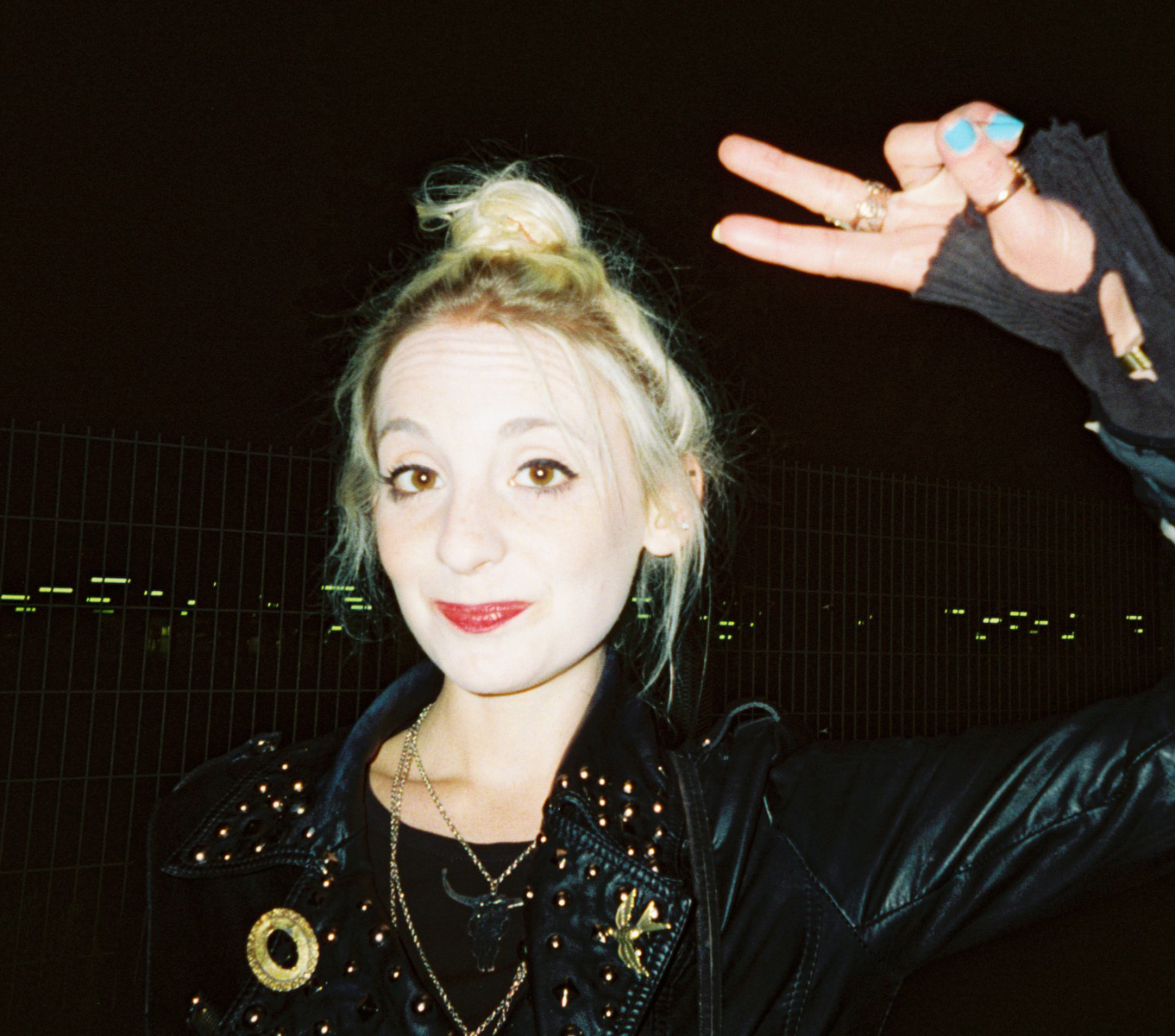
Emily Gosling is a freelance art and design journalist currently writing for titles including Creative Review, Eye on Design, Creative Boom and People of Print. She’s previously worked at Elephant magazine, It’s Nice That and Design Week, and was editor of Type Notes magazine. Her book Creative Minds Don’t Think Alike was published by Ilex Press in 2018, and she also plays bass as one-quarter of the eight-titted beast, Superstation Twatville.
